Building a minimum viable product (MVP) is a widely recognised practice that has helped many entrepreneurs save significant time and money in the early stages of startup development. Many world-renowned unicorns have started with an MVP, for instance, Uber, Dropbox, Notion, and Clubhouse. However, what works for one person doesn’t necessarily work for others.
Without a clear understanding of what an MVP is in business, you can lose more than you win.
What is a Minimum Viable Product (MVP)?
The minimum viable product (MVP) is a term coined by Frank Robinson and popularised by Eric Ries as part of the Lean Startup methodology. It means a product with a minimum feature set used to collect the maximum amount of validated learning about customers with the least effort. Its main purpose is to gather insights, test your concept, and connect with the company’s target market by spending less time and money.
Limiting the product’s functionality and constraining the number of features to a few that satisfy the audience’s basic needs can reduce costs. Later, you can improve your product to retain early adopters.
The concept of MVP is often confused with the term’ technology prototype’ and is not directly related to the development process. MVP is a method for testing business hypotheses and validating the sales potential of a technology prototype. Such testing with the audience allows for discovering the further iterations needed to enhance the value development.
When do you need an MVP?
Remember Simon Sinek’s Golden Circle framework? “People don’t buy what you do, they buy why you do it”
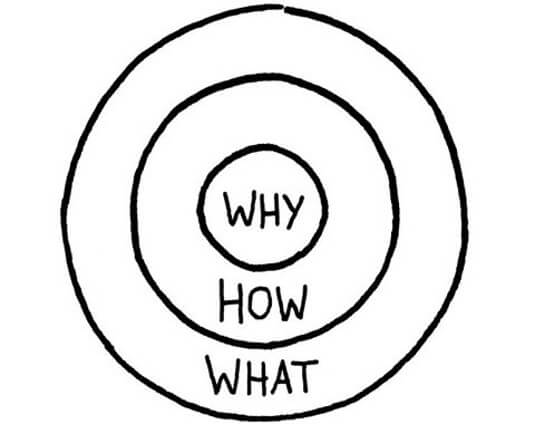
Why, How, and What – three questions your MVP should be built around. If your product is the answer to those questions, then the minimum viable product should test your answers.
If you have an idea but aren’t sure whether customers will appreciate it, ask them and conduct market research. That way, you’ll get the answers to the “why” question.
Next, start the development of a minimum viable product in order to get an answer to the “How question. You need to test whether it is possible and profitable to build and maintain such a product. It may be too pricey or too complex.
After your MVP is ready, you can pitch it to VC funds, private investors, and users.
A software minimum viable product has some additional advantages. It is much leaner and more flexible, so it takes less time and resources to adjust the product according to data gathered during research.
Maybe this is not the MVP you are looking for?
With the boom of startups, the minimum viable product gained a sacred must-have image. Customers accept simple products. Nevertheless, one should understand that MVP is not a magic pill that solves all troubles. Here’s what David Schwartz, Senior Director of Product Management of Wix (One of the biggest website development platforms to date), said about MVP:
“People are mistaken about what MVP is. MVP is not a product you’re taking out there. The product you’re taking out there is called the First Phase. MVP is an experiment!”
There are several reasons why you may opt to develop a full-fledged product from the start rather than an MVP in your business.
MVP is not a profitable product you can sell.
You can’t test all your assumptions with an MVP.
The minimum viable product is not free. It does need time and money to develop as well as the product.
MVP won’t help you to cross the Chasm!
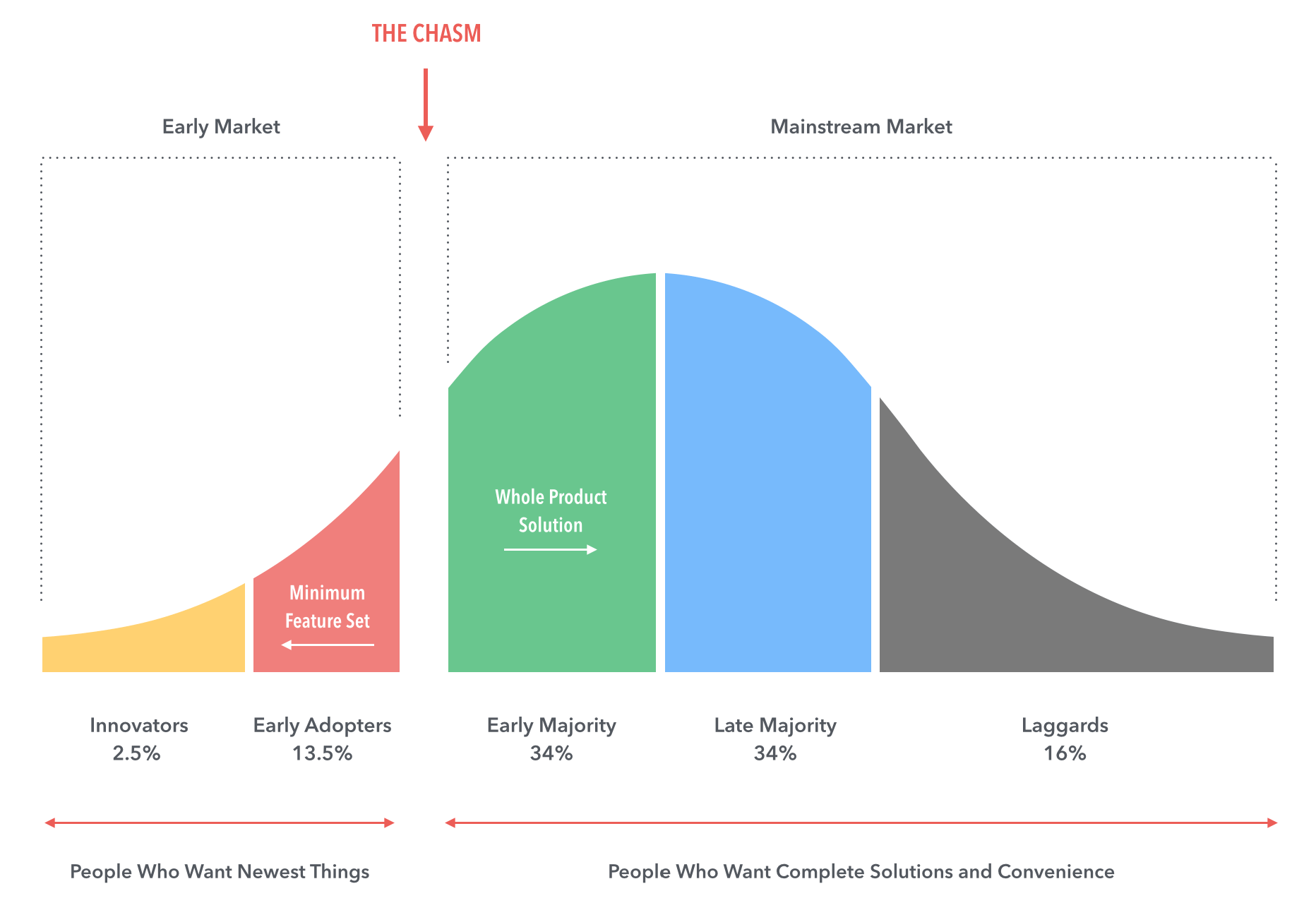
A minimum viable product can usually survive for some time. It is both acceptable and functional, so innovators and users can be satisfied with it.
However, there is still time to reach the mass market and earn real revenues. To get there, you’ll need to cross that Chasm. This is where most projects from Kickstarter end up.
Here’s a list of successful minimum viable product examples and then unsuccessful products that seemed to conquer the market but failed to gain customers’ trust:
BETAMAX lost to VHS.
Microsoft Zune lost to iPod.
Myspace lost to Facebook.
HP’s Touchpad lost to iPad.
Fitbit eventually purchased Pebble.
That’s what Chasm does to great, innovative products.
One reason a chasm occurs is that entrepreneurs can’t step back and reshape their Minimum Viable Products (MVPs) into a mass-market product.
You should preserve the core innovation that was so popular among early adopters. You should also mask that innovation in a more subtle form.
From this perspective, developing a full-fledged minimum viable product can be a significant waste of time and money. And the profitability of investing in an MVP is reduced proportionally to the size of the innovator’s community you are targeting with the product.
Don’t go with an MVP if the innovators and early adopters of your targeted audience won’t give your product enough attention and investments to develop a complete product.
Alternatives to the MVP approach
Riskiest assumption test
This approach addresses several uncertainties related to the Minimum Viable Product (MVP). For example, how “minimal” should your minimal viable product be? What hypothesis should it test? Should it explore only one assumption or all of them?
The risk assumption test has a single answer to all these questions: Test the biggest uncertainty you have. Meaning you don’t want to build more than needed to test the largest unknown.
Minimum loveable product
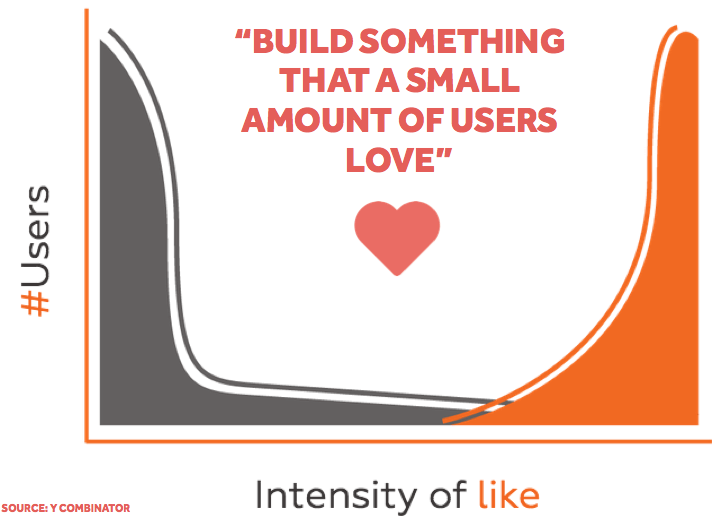
MLP suggests entrepreneurs develop a product that aims to satisfy the needs of a small, targeted audience. That way, you will save money on added features that target the wider user group.
A great example of MLP comes from Superhuman.
They built an MLP that delighted a narrow user base before expanding.
In addition, advocates of the MLP site argue that minimal viable products are typically built to validate the entrepreneur’s business concept (processes, logistics, product structure) rather than to gauge audience interest.
MVP vs. MLP: Which one to choose?
| MLP principles | MVP principles |
| Goal is to disrupt | Goal is to increment |
| Problem can be understood | Problem cannot be understood |
| Market can be analyzed | Market cannot be analyzed |
| Customers know what they want | Customers do not know what they want |
| Many product alternatives exist | Few product alternatives exist |
| Make architecture decisions because technology is sufficiently stable | Avoid architecture decisions because technology is unpredictable |
| Dedicated effort to the opportunity | Lean effort because success is unlikely |
| Focus | Pivot |
| Customers love your product | Customers tolerate your product |
Kano model
We recommend that you familiarise yourself with the Kano Model to avoid such mistakes.
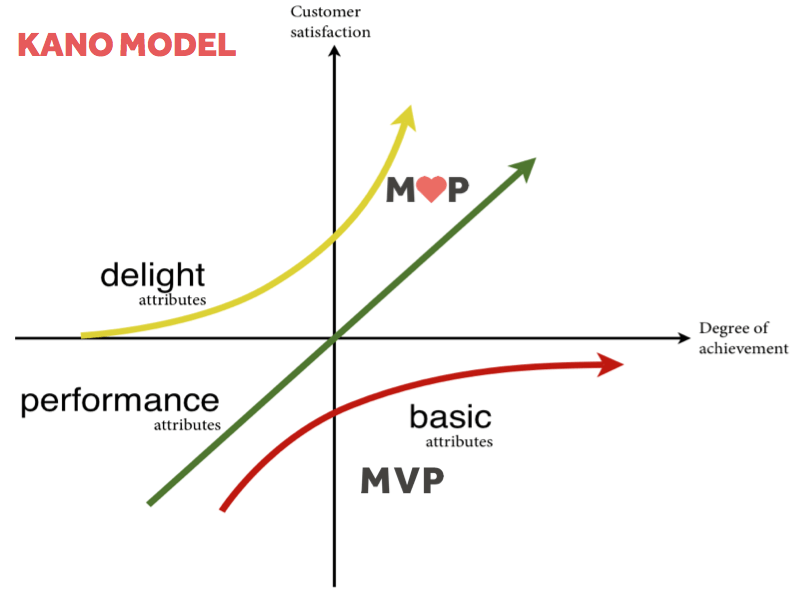
The Kano Model examines each product from the perspective of customer satisfaction. It classifies customer preferences into five categories and suggests considering only those product features that maximise customer satisfaction.
Must-be quality. A functionality that is not new and taken for granted.
One-dimensional quality. The presence of these features leads to an increase in customer satisfaction; the absence of these features results in a decrease.
Attractive quality. The most innovative set of features creates a WOW effect, but it risks being misunderstood by users.
Indifferent quality. Features that do not affect customer satisfaction. E.g., a Programming Language or Framework used to develop an app.
Reverse Quality. Overexaggerating these qualities can result in the loss of some customers. For example, oversimplification of the product may divert tech enthusiasts. The complication may divert users with low-tech savviness.
Focus on the first two qualities if you’re building an MVP for a unique product. Spend more effort on the second and third qualities if you’re entering a highly competitive market.
Minimum marketable product
MMP refers to a product that comprises a minimal set of features necessary to test a feasible marketing model.
This term combines the MVP and MLP. You have already identified your target audience, gathered feedback, and thoroughly understood the problem your product aims to solve.
The new MVP alternatives
The lean startup methodology’s approach is primarily based on end-user feedback, utilising a well-known build-measure-learn feedback loop. In the evolving digital environment, newly emerged MVP alternative methods validate business ideas or startup models.
Minimal catchy offer
The key characteristics are clarity, effectiveness, and speed. It can be a concise slogan or a compact yet practical video, enabling the target user to grasp the value proposition your business idea offers.
Example
MasterCard’s slogan, “There are some things money can’t buy. For everything else, there’s MasterCard,” was part of an ad campaign presented by a TV commercial. In the commercial, a dad takes his son to baseball games, pays for a hot dog and drink, and spends time together, which is priceless.
Black hole strategy
The black hole strategy focuses on identifying alternatives or hidden instruments that can influence the regular behavioural patterns of target users and alter their actions in specific situations.
Example
Many software development companies offer courses to educate new developers. However, given the current situation, where everyone is trying to educate themselves, a better option would be to create a platform supporting self-education.
Lean investor
This method is part of the lean startup methodology and proposes investing in startups using incremental investment and iterative development. You can start with simple experiments, review and analyse failures, and expand investments in successful deals.
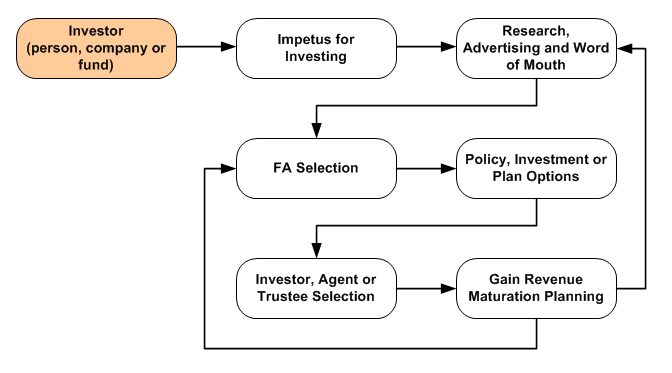
How Altamira can help you with an MVP launch
The choice of a software development company is a crucial aspect. You need to choose a partner who has extensive experience in MVP development and can guide future development smoothly.
Our developing teams have profound experience and cross-industry expertise, allowing them to help companies build impressive MVPs. We deliver solutions for EdTech, eCommerce, pharma, FinTech, and beyond, guiding customers through the whole product development cycle.
Our successfully completed projects allow us to build efficient MVPs and help you accelerate time to market and time to revenue with ease.
By choosing us as a development partner, you get:
Rich cross-industry expertise;
Discovery stage to validate the initial product idea;
Fast time to market;
Fast time to revenue;
Customer-centric approach;
Agile methodology development practices;
NDA compliance;
Business analysis and efficient project management;
Solid MVP that could be successfully scaled in the future;
Assistance in software implementation and further maintenance.
At Altamira, we employ a flexible approach; therefore, you can choose the cooperation model that best suits you. It could be either from team extension services or outsourcing cooperation models.
FAQ
MVP helps beginning entrepreneurs to test their product idea with minimal resources. It allows for avoiding bigger failures while checking the market needs. Another benefit from starting with an MVP is the shortest time between product launch on the market and finding early adopters to build a user base and obtain valuable feedback.
Before starting MVP development for your startup, consider the following steps: Define your target audience and their habits. You should know right from the start what features you’re going to add in the long run. Although your MVP is a limited version of your app, it should still have a unique value proposition.
MVP stands for Minimum Viable Product. It refers to the simplest version of a product that includes just enough core features to be usable by early adopters. The goal of an MVP is to quickly validate assumptions, gather user feedback, and test product-market fit with minimal time and resources.






